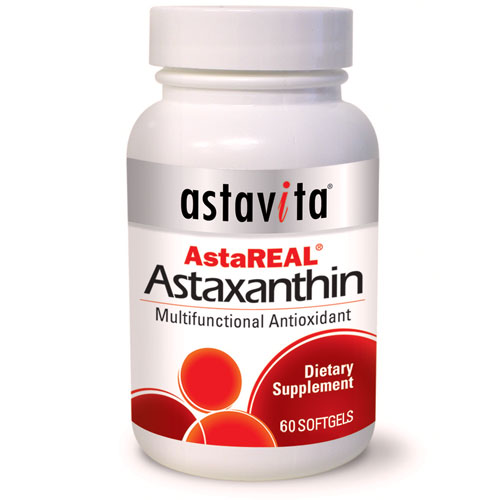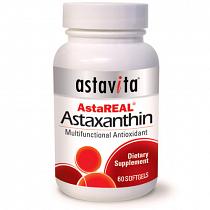Anti-Aging: Astaxanthin linked to Heart Health
Astaxanthin earns the title "King of Carotenoids" by its sheer uniqueness. The molecule is very different from other carotenoids in that it positions itself across the entire cell membrane – a portion of it attaches to the exterior of the cell; a portion to the interior; and another portion spans across the entire lipid layer.
"What this translates to is it offers protection on the outside of the cell from free radicals, the inside of the cell where there are free radicals being generated, and also this lipid fat layer where we always hear about lipid peroxidation... It's perfectly designed to protect all parts of the cell," Dr. Corish explains. "... Astaxanthin is really very global when it comes to cellular protection."
Another major difference is in the number of free radicals it can handle at any given time. Most antioxidants, such as vitamin C, E and various others, can typically only handle one free radical at a time. But astaxanthin can handle multiple free radicals simultaneously – in some cases more than 19 at the same time, according to Dr. Corish. It does this by forming an electron cloud around the molecule. This is known as the electron dislocation resonance. When free radicals try to steal electrons from the astaxanthin molecule, they're simply absorbed into and neutralized by this electron cloud, all at once.
Furthermore, astaxanthin can handle multiple types of free radicals too, whereas certain antioxidants tend to have preferences for certain types of free radicals. Some antioxidants go after singlet oxygen free radicals, while others target nitric oxide free radicals, or peroxyl free radicals, and so on. Astaxanthin can handle multiple types of free radicals simultaneously.
Read more? Go to: http://articles.mercola.com/sites/articles/archive/2012/09/12/dr-robert-corish-on-astaxanthin.aspx?e_cid=20120912_DNL_artNew_1
Comments
There are 0 comments on this post













